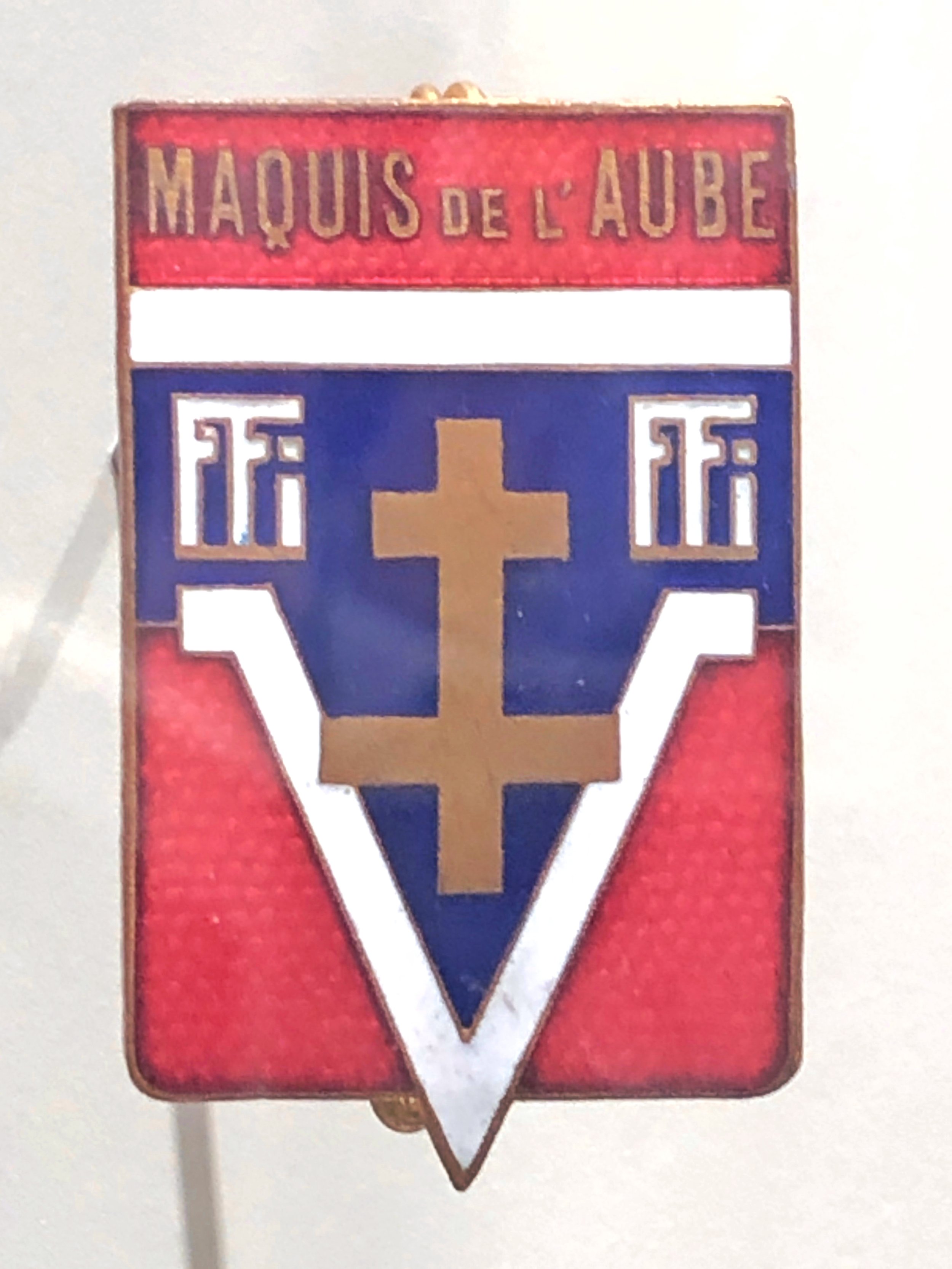Pierre Pierron
I’ve been excited for about three years now that they were renovating the old Resistance museum in Mussy-sur-Seine. We visited the old building in 2018, with my mum and dad, and were given an amazing tour by a friend of ours, Valérie, and one of the older inhabitants of Mussy, whose family had lived through the period.
I am always captivated by the strength of character that some people demonstrate in the face of adversity, and there are many such stories of heroic actions that took place in this area – in the forests and towns that surround Mussy.
One of those stories is described in the museum, and concerns a man by the name of Pierre Pierron.
Pierre was born in 1903. He moved to Mussy-sur-Seine in 1930, where he found work in a packaging plant under the administration of a local man, Gérard Bernet. In the summer of 1943, whilst parts of France were under Nazi occupation, Gérard Bernet became head of the Air Operations Bureau (B.O.A.) of the Barséquanais (the local region). He was made responsible for the parachute landing sites around Mussy-sur-Seine.
He formed a team of twenty men, of which Pierre Pierron was one. Pierre took part in active undercover operations, and often participated in the recovery of containers parachuted in by France’s allies, an extremely dangerous task as the Nazi’s were watchful of any nighttime activity around the areas they believed this was happening. The air drops were communicated by coded messages, through a nightly freedom broadcast by radio from England called ‘London calling’.
Pierre and his team would be given the decoded location and the approximate time of the drop. Mobilising the units involved required good communications, and this was made possible by the theft of Nazi field telephones and kilometres of cable, that they planted at strategic sites throughout the area.
Their mission was to locate the large metal containers, often loaded with guns and ammunition, remove the contents, and then subsequently hide them for future actions.
Pierre was also involved in the Aube Secret Army, another active unit in the area led by Émile Alagiraude. He engaged in many operations for them both. Unfortunately, his heroic work for the resistance was brought to an abrupt end on 8th November 1943, when he was arrested by the Gestapo.
He was not captured during one of his missions, but instead was arrested on information supplied by local informants collaborating with the Nazis, this was yet another risk that the resistance operatives faced. He was first interrogated, then interned in the rue Hennequin prison in Troyes. He was later deported by convoy on 22nd January 1944, to the Buchenwald concentration camp in Germany.
Pierre was registered as number 43 395 and assigned to a Kommando in charge of wood cutting, to supply maintainence materials for the gasifiers. He suffered hard labour, and was deprived of all care and hygiene. He was soon moved to the medical block, suffering with a severe skin infection. Here he stayed, until on 29th April 1945 he was repatriated to France when the camp was liberated by the American army.
Following his terrible treatment at the hands of the Nazis, and what he had seen in the concentration camp, Pierre realised he needed to help others that had suffered the same, or worse, than he had. He became involved in the National Union of Associations of Interned Deportees and Families of the Disappeared (U.N.A.D.I.F.). After years of selfless service in this cause he was recognised by the State for his actions, and received the medal of the Resistance, along with others who he fought alongside. He was also awarded the Legion of Honour, the highest French order of merit.









